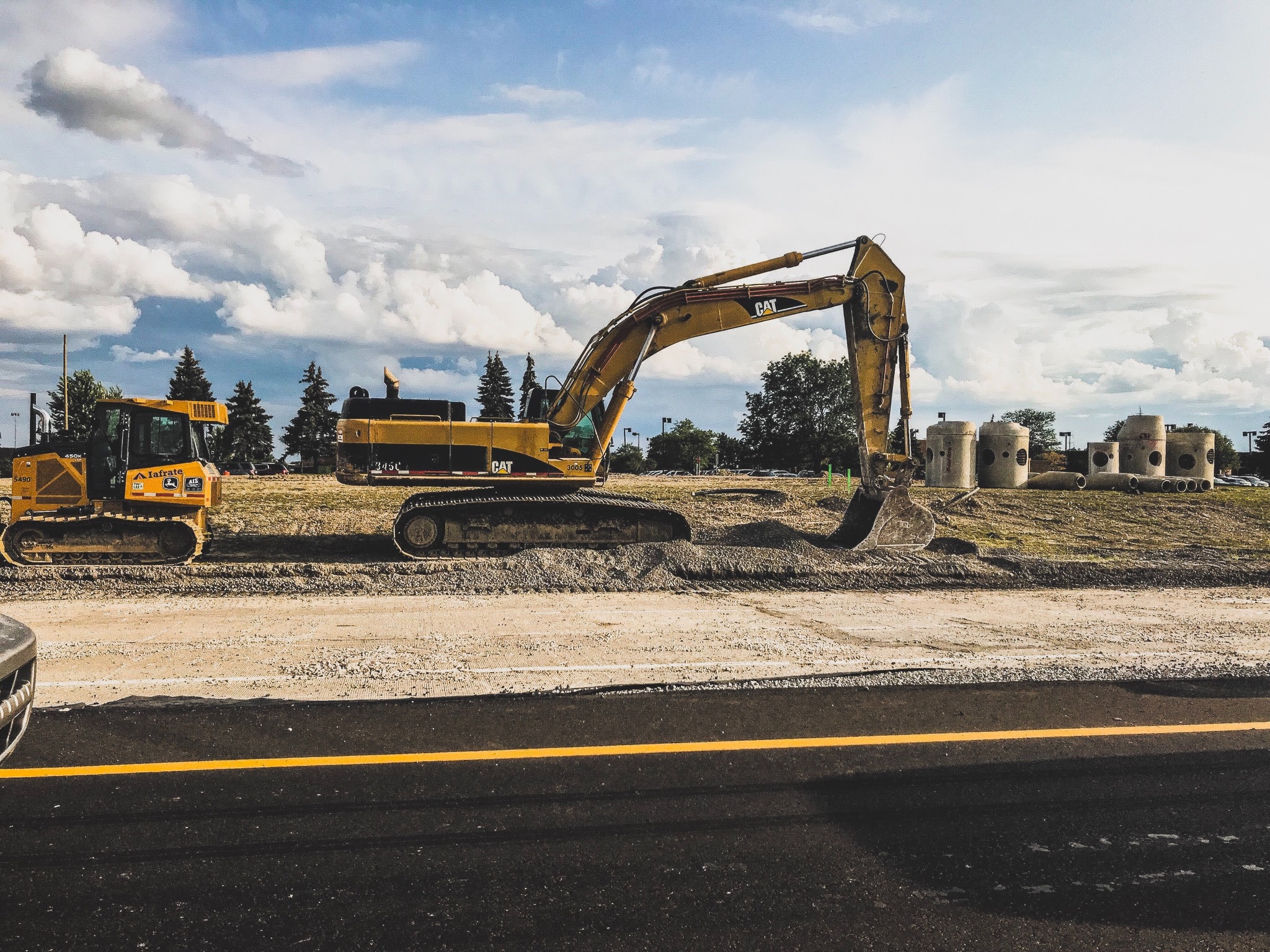Road Construction Stages: Every road or highway project has a different beginning and route to follow until its completion. In this regard, there are many components or stages that every road construction project needs to go through until the final product sees the light of the day.
However, some construction phases are more or less present in every road construction undertaking. A roadway construction project usually begins with design, funding, obtaining permits, utility relocation, and bidding. The final step is construction. Of course, the stages in a road construction traffic control plan vary according to the size of the project, but some basic steps are common to all plans.
All of these stages in road construction take time, but it’s essential to ensure you have everything done correctly to enjoy a smooth construction process and achieve top-quality results.
To brief you on the usual stages of regular road construction, let’s look at the seven stages of road construction and how they go.
Initial planning
The first of the road construction stages is to plan out what work needs to be done and how it will be carried out. This involves identifying any hazardous areas where work needs extra precautions and setting up appropriate traffic control measures.
This may also involve liaising with utility companies so that they can relocate their services or install temporary ones while the road is being dug up. It’s important to get this right before moving on to other stages to avoid any unnecessary delays later on.
During this time, crews may still be working on some aspects of the project but there should not be any major delays for motorists. The focus at this point is to keep traffic moving smoothly through the work zone area. Most likely, crews will be setting up lanes for one-way traffic control or using other temporary measures to keep vehicles moving through the area safely without disrupting them for too long. For that reason, a good traffic control plan needs to be developed and implemented before beginning any permanent changes on the given roadway.
Preliminary Design
Once the inventory is complete, preliminary designs are prepared for each stage in the construction process. These designs include general layouts for proposed roadway alignments, retaining walls, and other structures needed for the project. They also show locations for temporary traffic control devices such as cones, barricades, or signs to direct vehicle traffic through construction zones safely during construction activities.
Preliminary design review by state transportation department or local government agency. The preliminary designs are reviewed by officials from the state transportation department or local government agency responsible for approving these plans before they can be constructed. If necessary, changes may be requested before final approval is given to proceed with construction activity.
Excavation And Clearing
The area where the road will be built must be swept of all vegetation, which means shrubs, trees and bushes must be removed. Excavation machines will also remove stones and rocks from the path of the future road. Control measures such as ditches, fences, and basins are used to keep the cleared area from eroding.
Mounting
As diggers, excavation plant machines, and bulldozers spread dirt and soil over the region where the future pathway would run, the road begins to take shape. Road graders are then used to level and smooth the surface. Drains and culverts, which are massive concrete pipes, are used to keep the road from flooding by diverting groundwater, sewage, and stormwater away from the road.
Fine Grading
Fine grading necessitates construction workers levelling the surface following structural engineers’ standards. It requires both manual labour and digging, as well as graders, or grading plant machinery. The grading is stabilized using limestone or concrete to make it last.
Base Aggregate
The aggregate foundation course is laid after additional grading of the surface. Crushed gravel or stone aggregate base is equally distributed over the road surface. The pavement curb and gutter will be built immediately after the gravel is spread on the surface if the road is in a city or town. For example, if a road is being constructed through Killeen, Texas, the construction team will need to source road base aggregate in Killeen and have it spread before any work can be done to complete the pavement curb and gutter. After that, the road is fine-graded once more.
Paving Asphalt
The asphalt can be placed when the gravel has been equally spreading. Asphalt is made up of petroleum waste, aggregate base material, and bitumen, a glue-like, sticky substance. Up to four levels of asphalt can be layered on top of each other, depending on the estimated traffic on the route.
Asphalt is often manufactured and mixed at huge plants under the engineer’s standards. The hot asphalt is loaded into trucks and transported to the construction site, where it is immediately poured by a professional asphalt paving contractor. The sidewalks and gutters must be completed before the final layers of asphalt are poured. The construction work is completed by installing the relevant road signs in the locations designated by the planners and applying the required road markings.
Final Thoughts
There are several road construction stages, each involving workers with their specific tasks and protocols. If you have ever driven by a construction site, you may have found it to be an intimidating sight. Even if you don’t have any experience in this line of work, it would be helpful to know what is going on so you can successfully navigate your drive. Applying this knowledge at construction sites also helps keep everyone safe.


What are the environmental health problems associated with road construction at each and every steps mentioned above